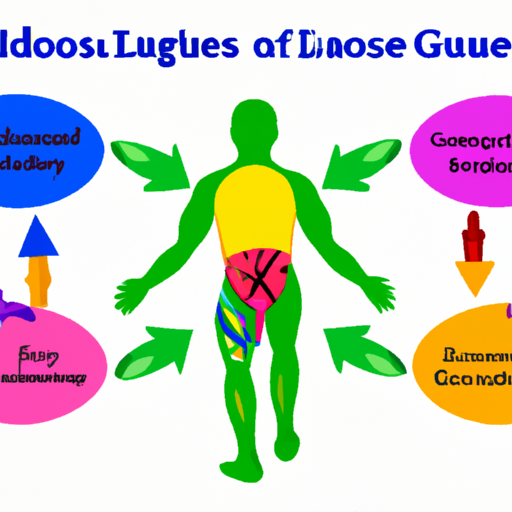Understanding Gluconeogenesis: The Process Explained in Simple Terms
Gluconeogenesis is a metabolic process that occurs in our bodies to produce glucose from non-carbohydrate sources. In simple terms, it is the process of creating new glucose molecules when our body needs them, even if we haven’t consumed any carbohydrates recently.
During gluconeogenesis, our body converts certain molecules, such as amino acids, lactate, and glycerol, into glucose. This process primarily takes place in the liver, although some other organs, such as the kidneys, can also contribute to glucose production.
Why Does Gluconeogenesis Occur?
Gluconeogenesis serves as a vital mechanism to maintain normal blood sugar levels, especially during periods of fasting, intense exercise, or when our carbohydrate intake is limited. Our brain, red blood cells, and certain other tissues rely heavily on glucose as their primary energy source. Gluconeogenesis ensures a steady supply of glucose to these organs even when dietary carbohydrates are scarce.
The Steps of Gluconeogenesis
Gluconeogenesis involves a series of enzymatic reactions that convert non-carbohydrate precursors into glucose. Here’s a simplified breakdown of the key steps involved:
1. Substrates: Gluconeogenesis primarily utilizes three main substrates: amino acids (derived from proteins), lactate (produced during intense exercise), and glycerol (released from stored fats).
2. Conversion to Pyruvate: Amino acids and lactate are converted into pyruvate through various enzymatic reactions. Glycerol, on the other hand, is converted to dihydroxyacetone phosphate (DHAP), which is then converted to glyceraldehyde-3-phosphate (G3P).
3. Conversion to Glucose: Pyruvate and G3P are converted into glucose through a series of enzymatic reactions. These reactions involve the utilization of specific enzymes, such as phosphoenolpyruvate carboxykinase (PEPCK) and glucose-6-phosphatase.
4. Release into the Bloodstream: Once glucose is synthesized, it is released into the bloodstream, where it can be transported to various organs and tissues that require it for energy production.
Regulation of Gluconeogenesis
Gluconeogenesis is a tightly regulated process, as excessive glucose production can lead to complications such as hyperglycemia. Several hormones, including glucagon and cortisol, stimulate gluconeogenesis, while insulin inhibits it. These hormonal signals help maintain a delicate balance of glucose production and utilization in the body.
In Conclusion
Gluconeogenesis is a crucial metabolic process that allows our body to produce glucose from non-carbohydrate sources when needed. It ensures a steady supply of glucose to vital organs and tissues, especially during fasting or low-carbohydrate situations. Understanding gluconeogenesis helps us appreciate the remarkable adaptability of our bodies to maintain energy balance and overall well-being.
Remember, if you have any concerns about your blood sugar levels or metabolic health, it’s always best to consult with a healthcare professional for personalized advice and guidance.




